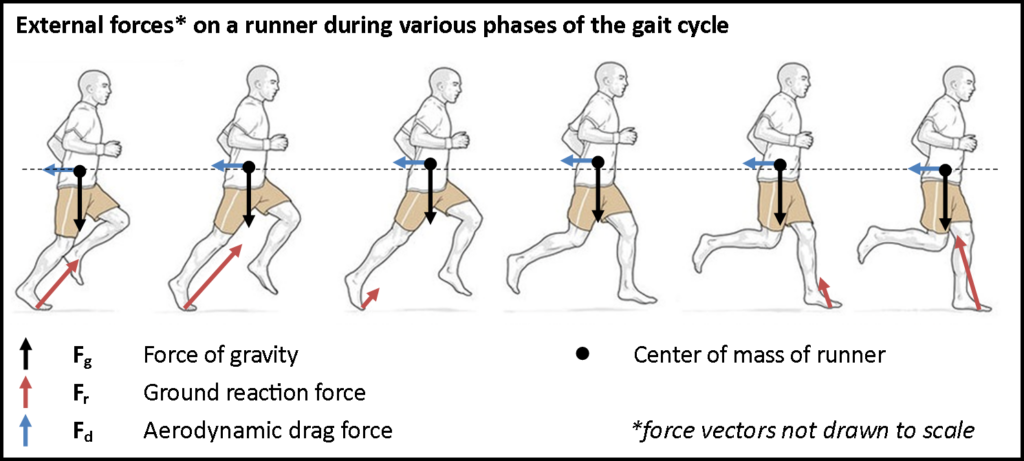BY SEAN DEL BEN, MKIN, CSCS, FMS LVL.2, FRC
Hip stability will help you jump higher. In Part 1, I discussed the role of hip mobility in your ability to jump higher and prevent injury. Once sufficient mobility has been attained, it is important to control this mobility by developing stability at the hip joint. As discussed in the previous article, the ‘Joint-by-Joint Approach’ tells us that each joint in the body is meant for either mobility or stability (Cook, 2010). A combination of both mobility and stability at the hips is required to reduce the chances of ankle pain, knee pain, and lower back pain. This combination will also help maximize strength and speed.
This article is meant to provide you with solutions to create a solid foundation of mobility and stability at the hips. Improving hip mobility & stability will allow you to safely train for high levels of strength, speed, and vertical jump.
“The fundamental principle of animal motion is that all activity is the result of balance between stability and mobility in the body” (Siff, 2004).
HIP STABILITY
Having the ability to accelerate quickly and jump higher means being able to instantaneously produce high levels of muscular tension (Cook, 2010). When your balance, stability, and overall coordination are limited, the ability to reach your genetic potential in terms of muscle tension can be hindered. Furthermore, with a lack of stability the hips, your joints may become misaligned, causing energy leaks which will reduce the level of ground reaction forces you are capable of producing. Ground reaction forces are responsible for how high you jump, boosting your speed, and quickly changing direction.

For every action, there is an equal and opposite reaction!
BUT FIRST…
The first step in high performance training for the hips is developing hip mobility. Once a high level of hip mobility has been attained, it is necessary to then stabilize your hips. Prior to beginning training, you should know how much mobility, and how much stability you will need to develop. This can sometimes be a tricky process. Due to the fact that if there is a lack of stability, your muscles will develop an undesired level of stiffness and tension to create a level of ‘fake’ stability. As a result, this ‘fake’ stability may appear as a mobility issue (Cook, 2010). It is important to consult with a qualified professional to determine if the stiffness you are experiencing is due to a lack of mobility, or a lack of stability.
Stabilizer muscles should be trained to produce joint integrity, alignment, and control in both isolated and integrated environments. It may be tempting for athletes to immediately lift very heavy loads and perform intense plyometrics. However, in many cases it is necessary to take some time to develop the mobility and stability required to do the fun stuff properly.

Baron Davis knows all about energy leaks!
ISOLATED HIP STABILITY
Isolated hip stability exercises will involve stability at one body segment, with movement occurring at another segment. Hence, this form of stability exercise will generally take place in all of the postures between laying down on your stomach/back, and standing upright. Depending on your ability levels, it may be necessary to first focus on a series of isolated hip stability exercises before advancing to integrated stability exercises. While in other cases, it may be beneficial to perform isolated and integrated stability exercises concurrently.
The video below includes some examples of isolated stability exercises that anyone could benefit from.
INTEGRATED STABILITY
Integrated hip stability exercises will require stabilizing a joint in one or more planes of motion, with primary movement taking place in a different plane of motion. Hence, this form of hip stability can also be viewed as movement pattern retraining with reinforcement of the coordination and timing between the body’s segments. Coordination such as this is necessary to complete the specific movements required on the basketball court with the highest level of efficiency. Movement pattern re-training can involve exercises in bilateral, unilateral (i.e lunging), and single leg stances. Above all, athletes should be competent with these movements prior to advancing to lifting heavy weights.
In the video below are some examples of integrated stability exercises that anyone could benefit from.
If you have any questions about how to integrate these exercises into your routine please e-mail me at sean@saltusathletics.ca. For in-person training in the Vancouver, BC area, we’re here to help!
REFERENCES
Siff, M. (2004) Super Training. Super Training Institute. Denver, CO.
Cook, G. (2010) Movement. On Target Publications. On Target Publications. Santa Cruz, CA.
